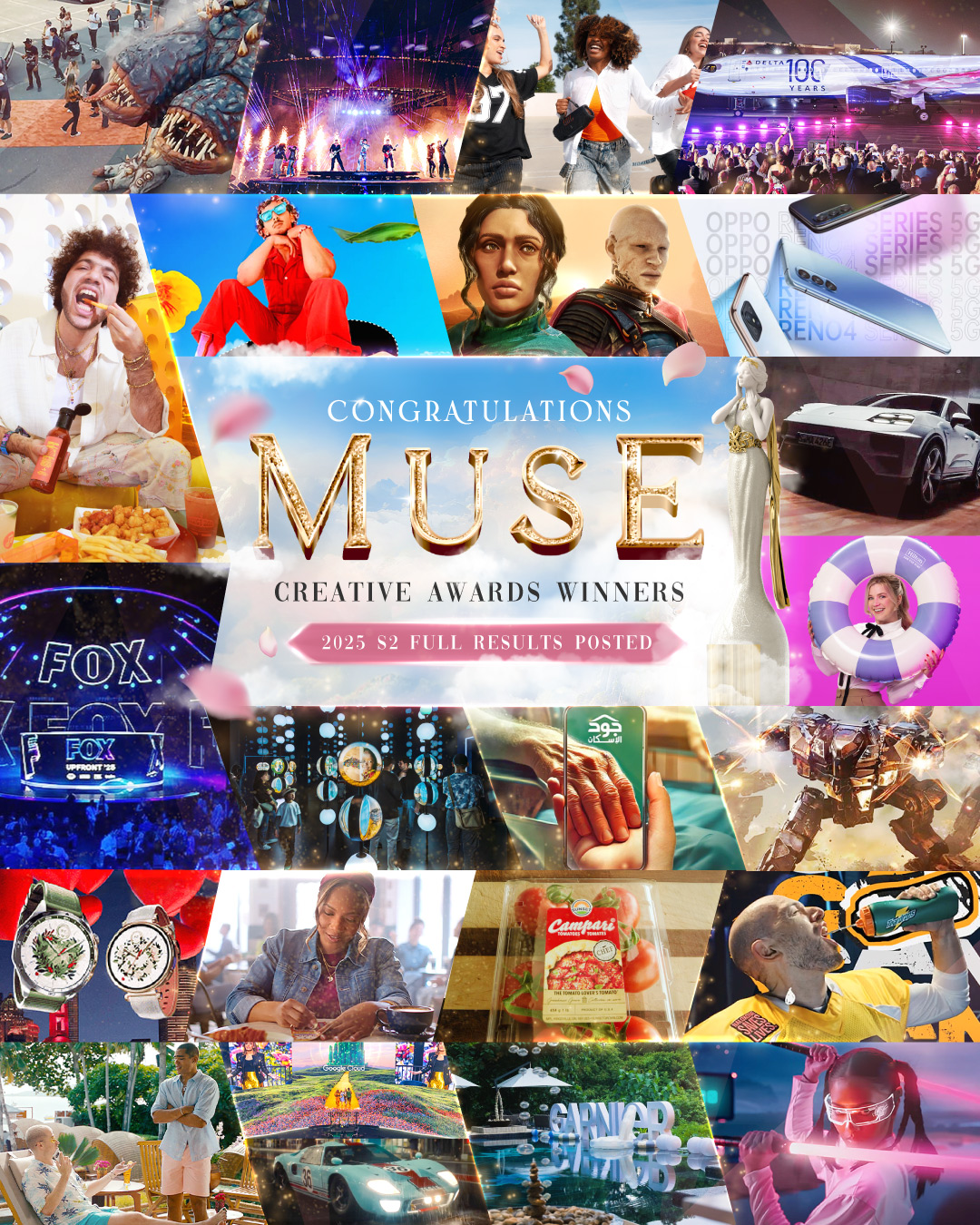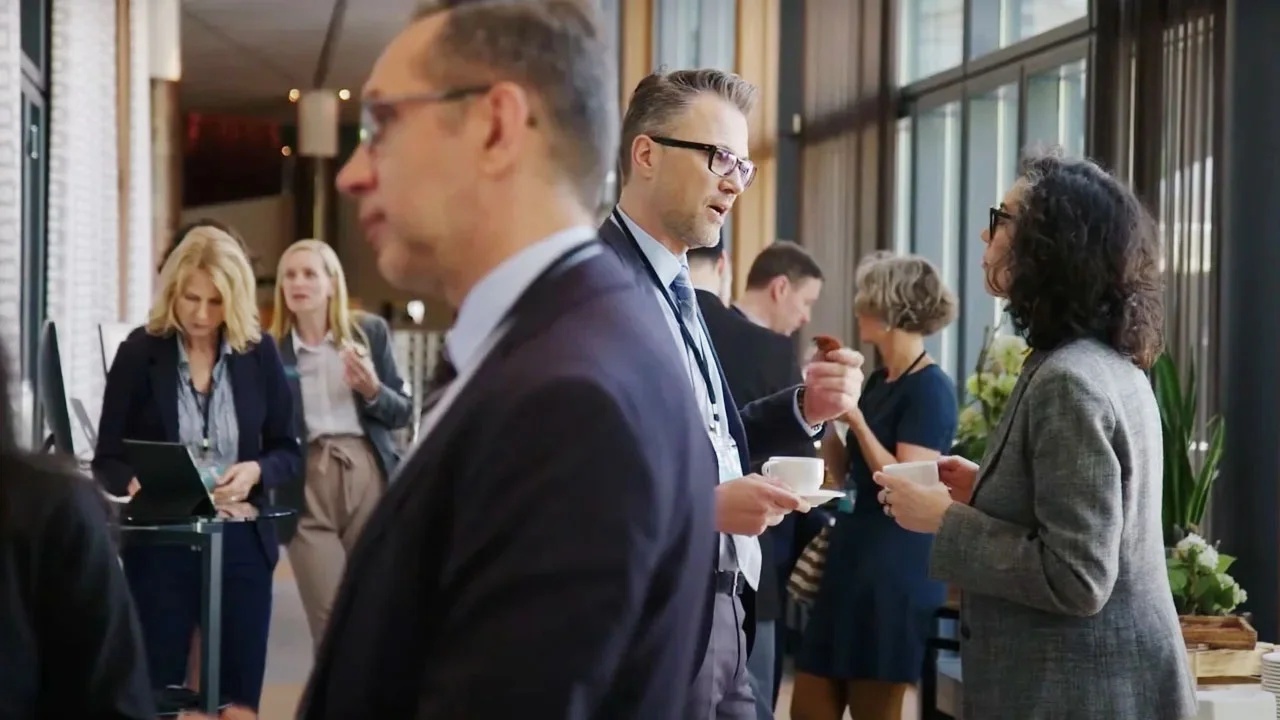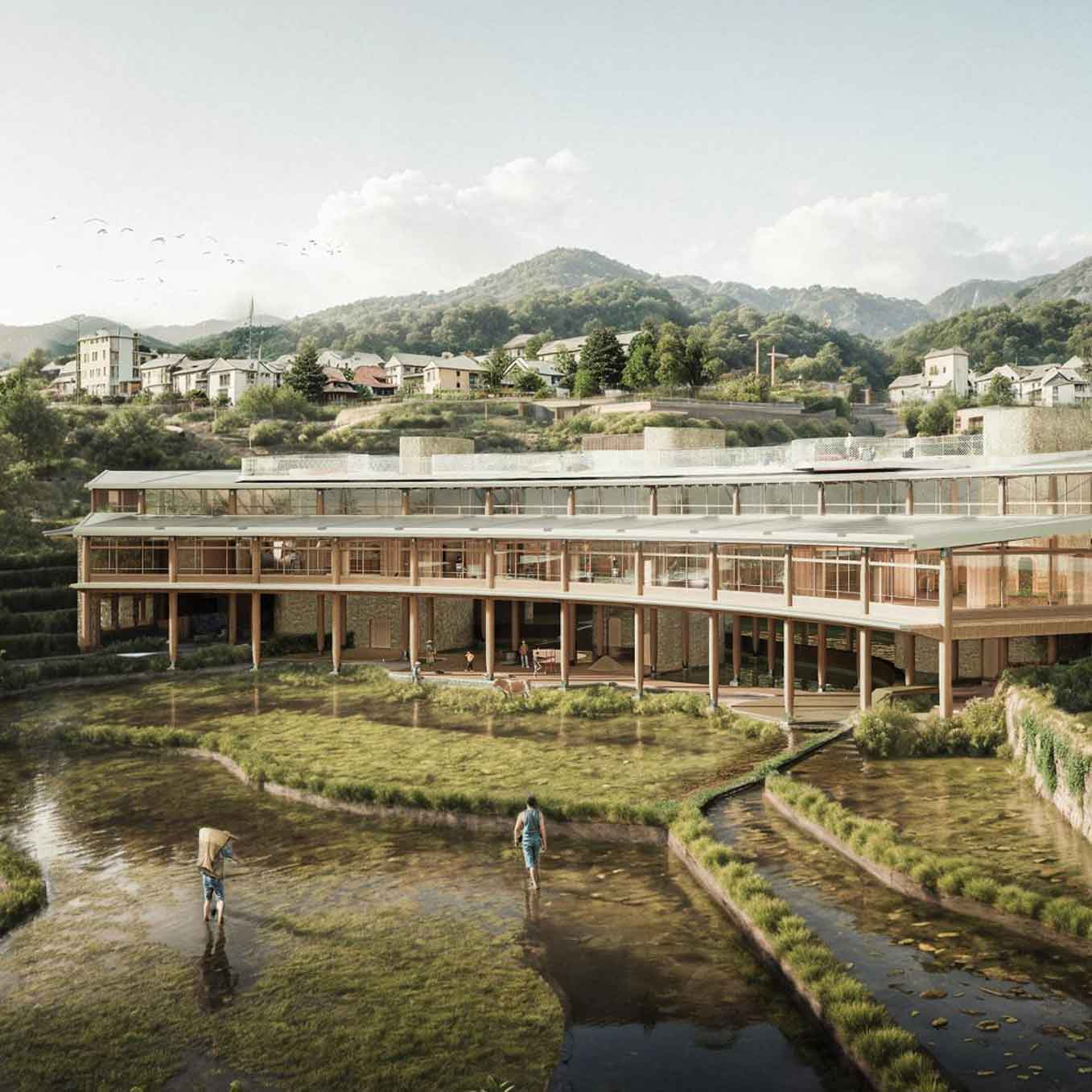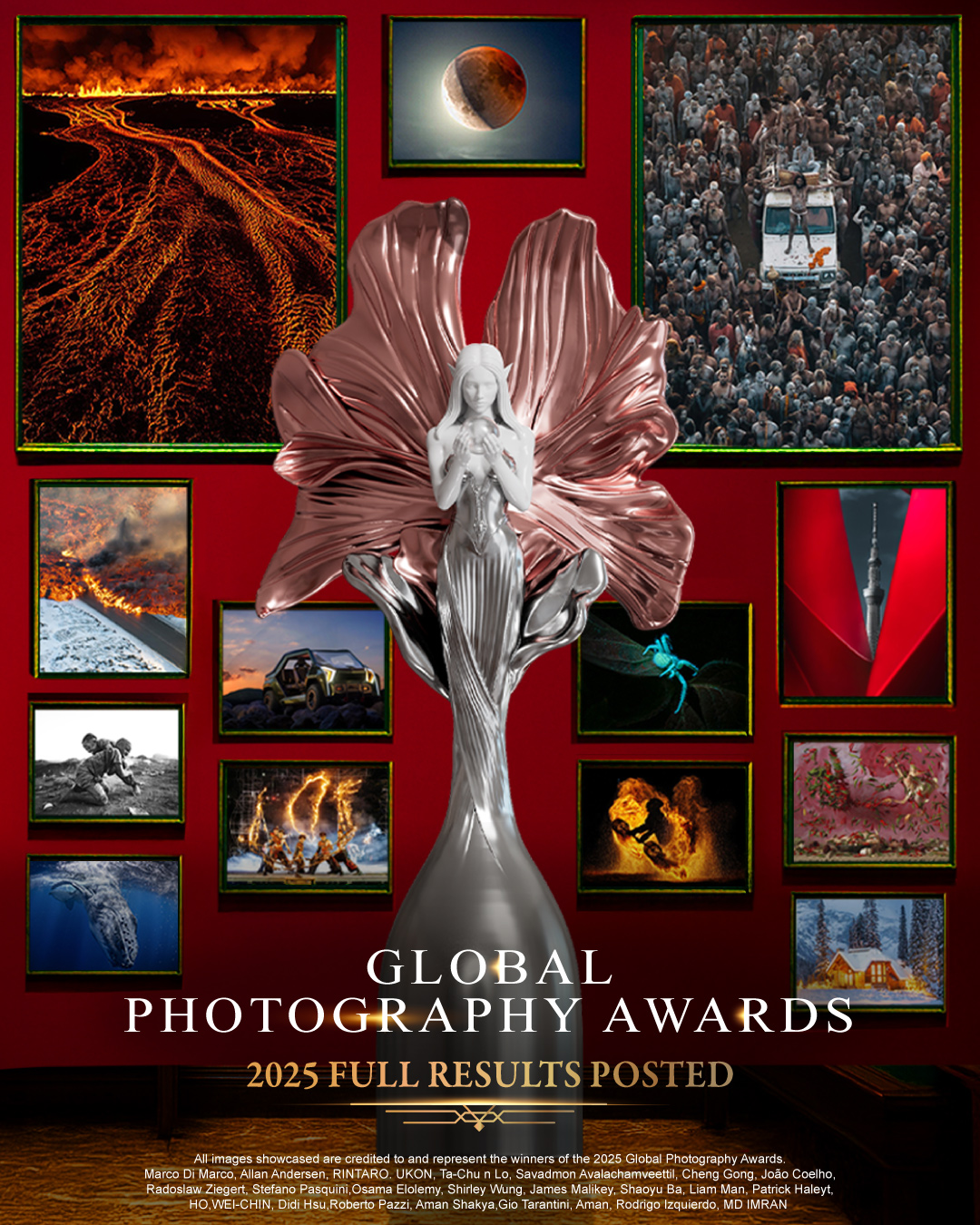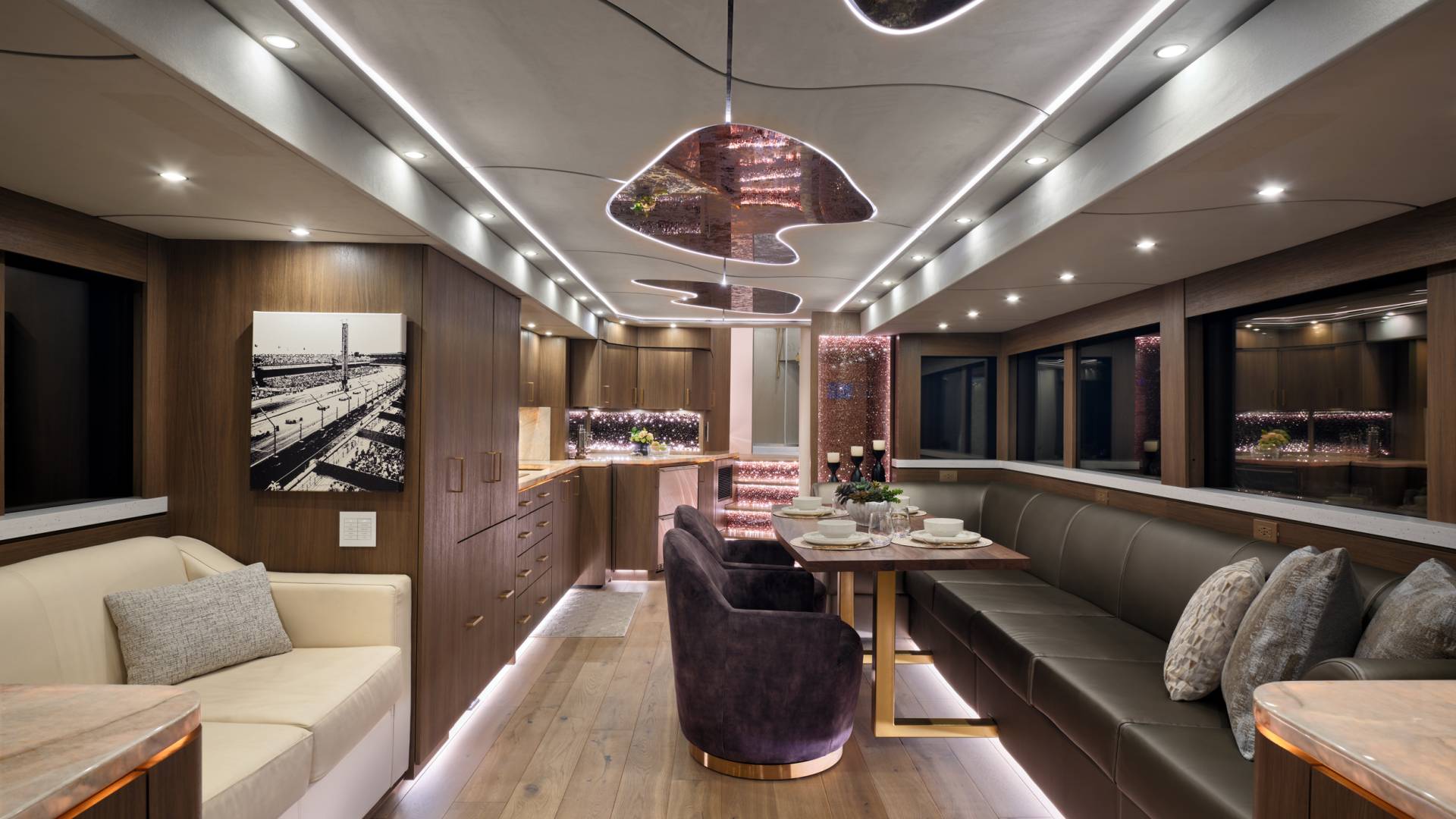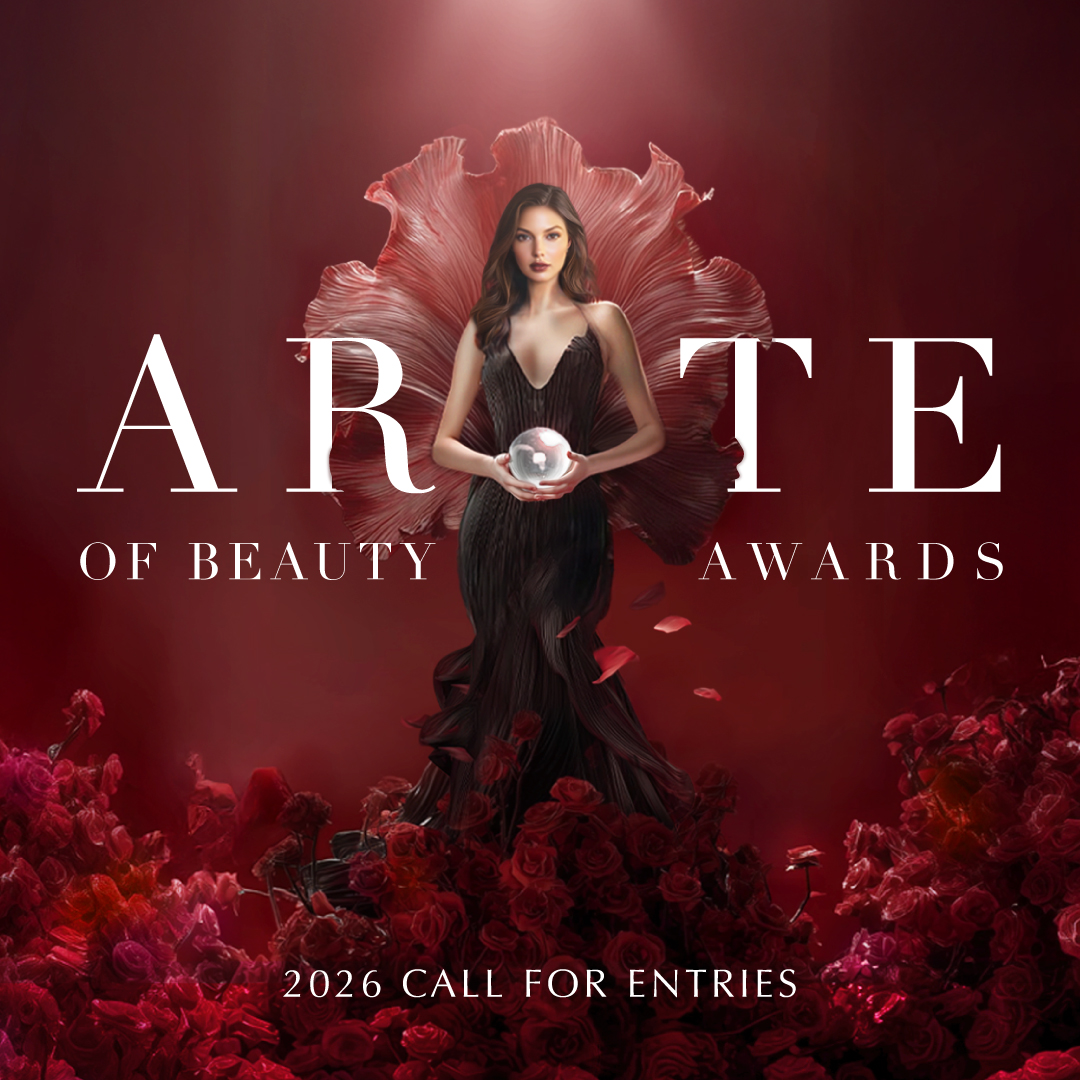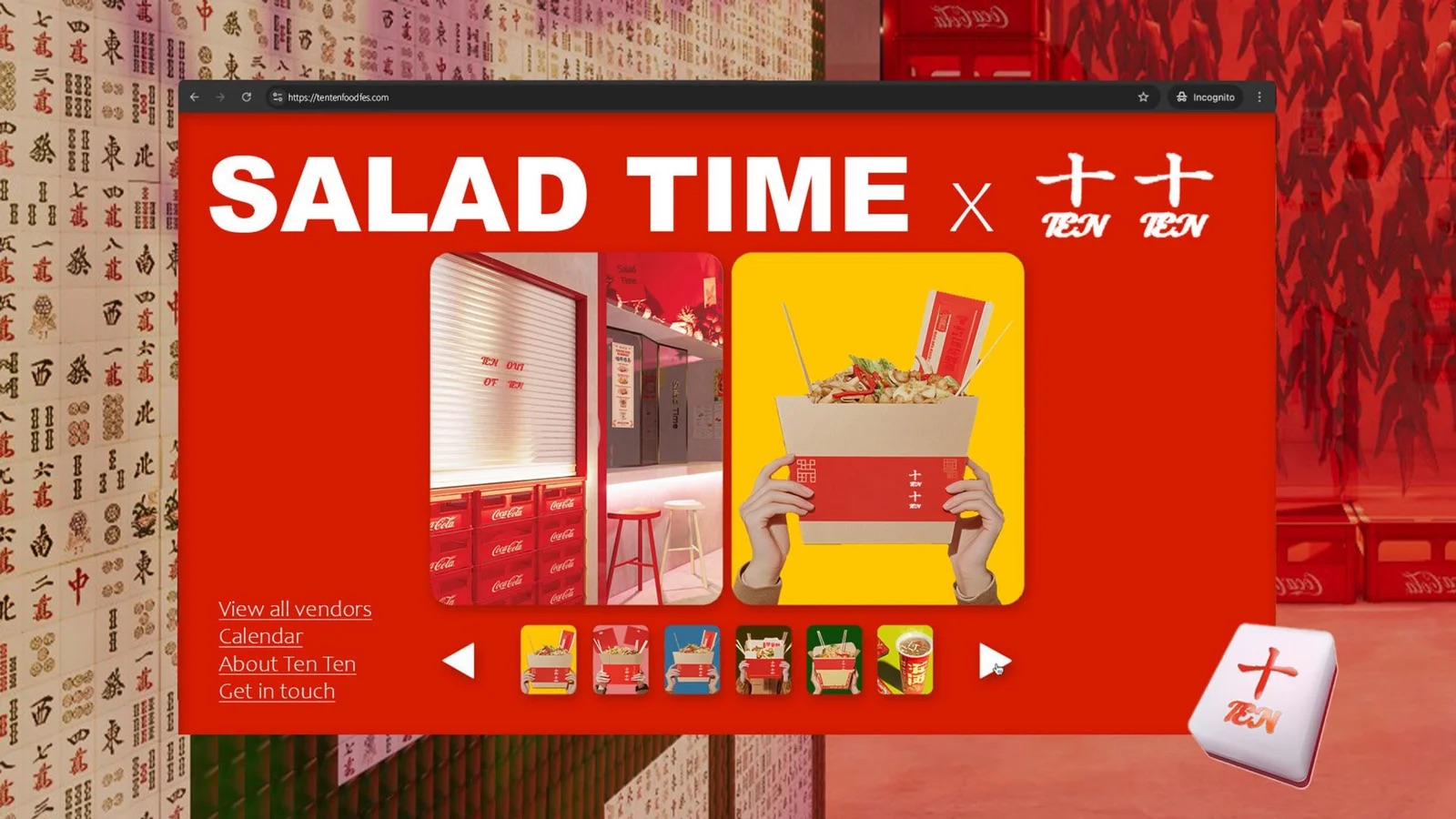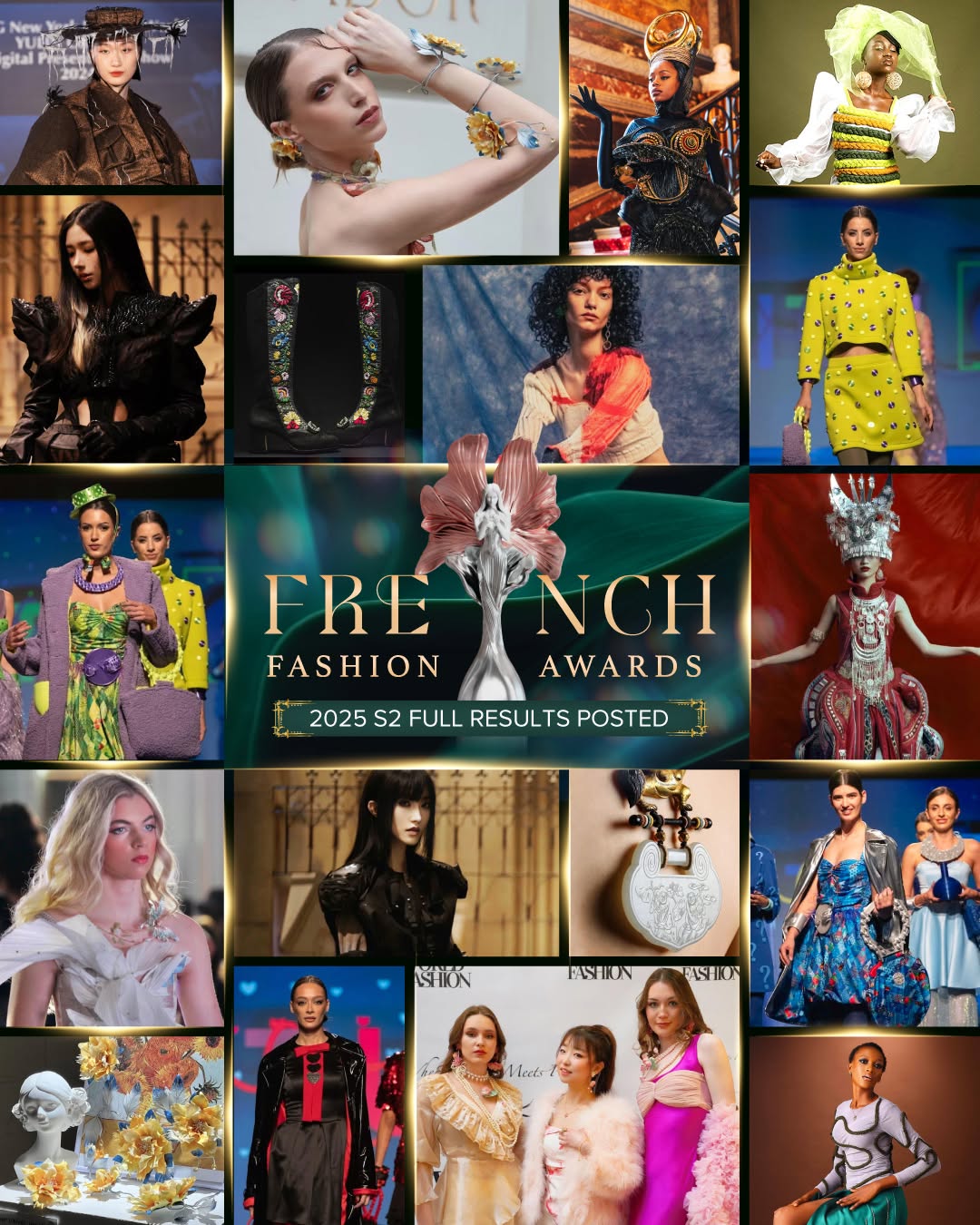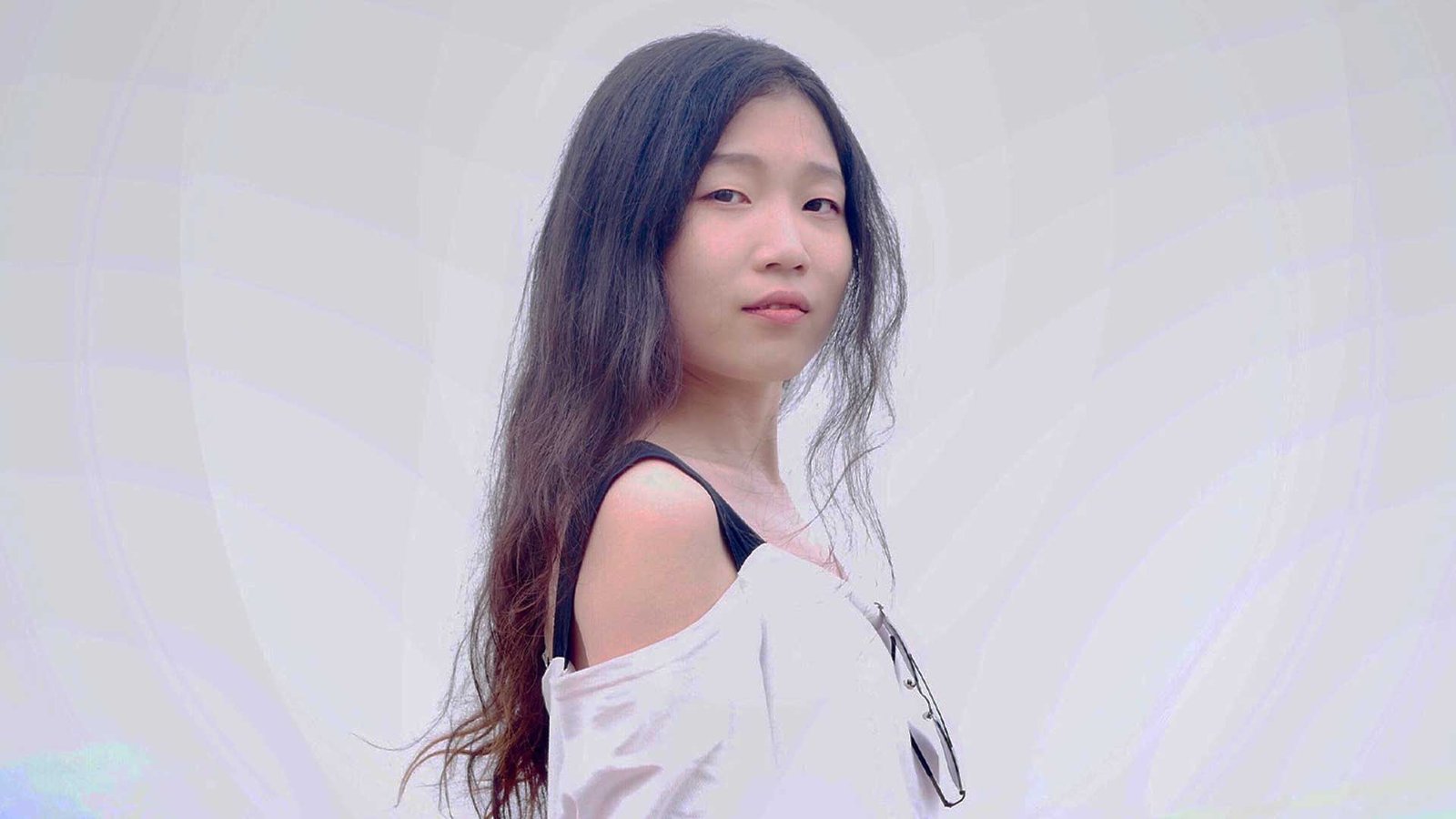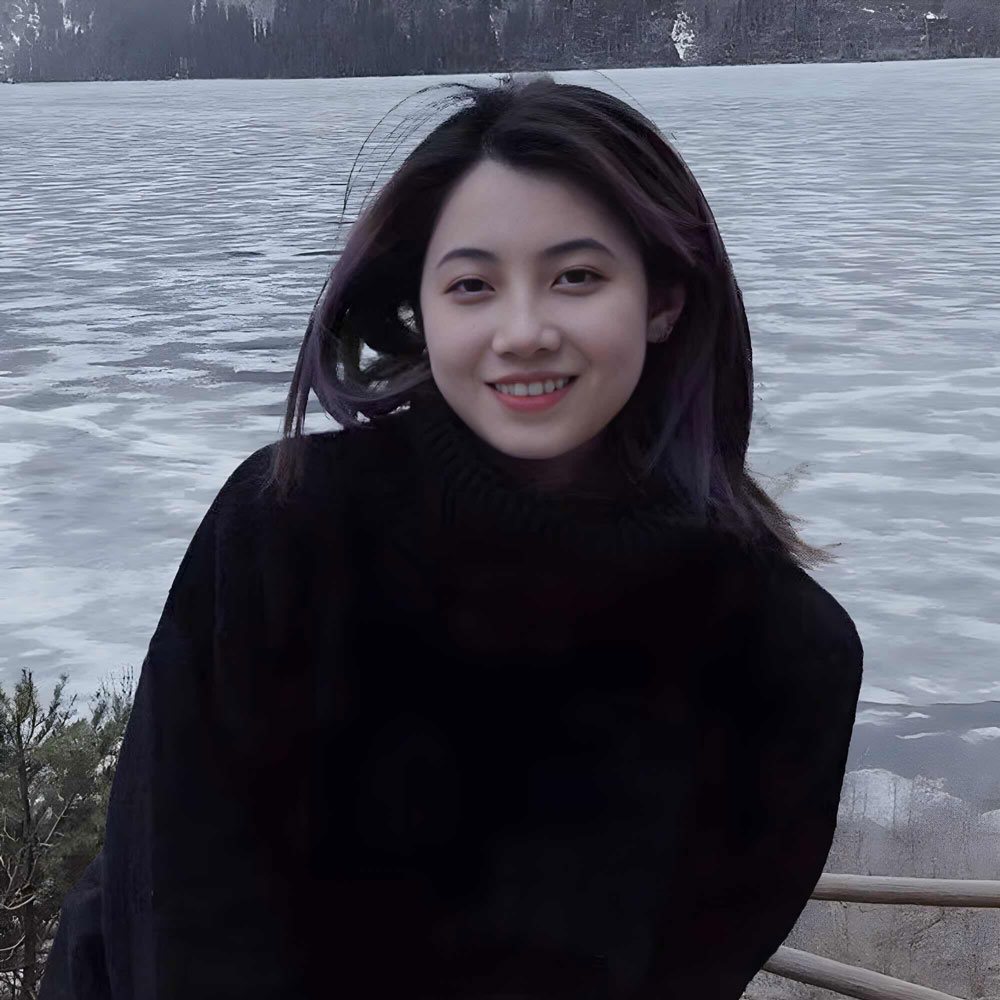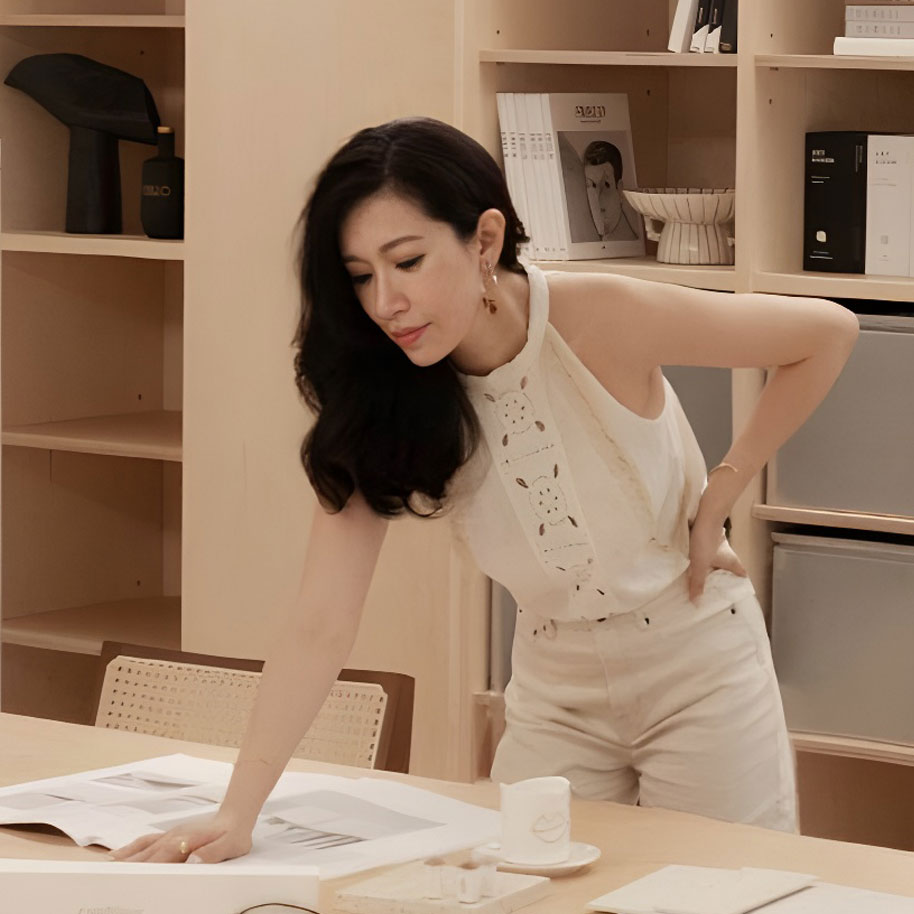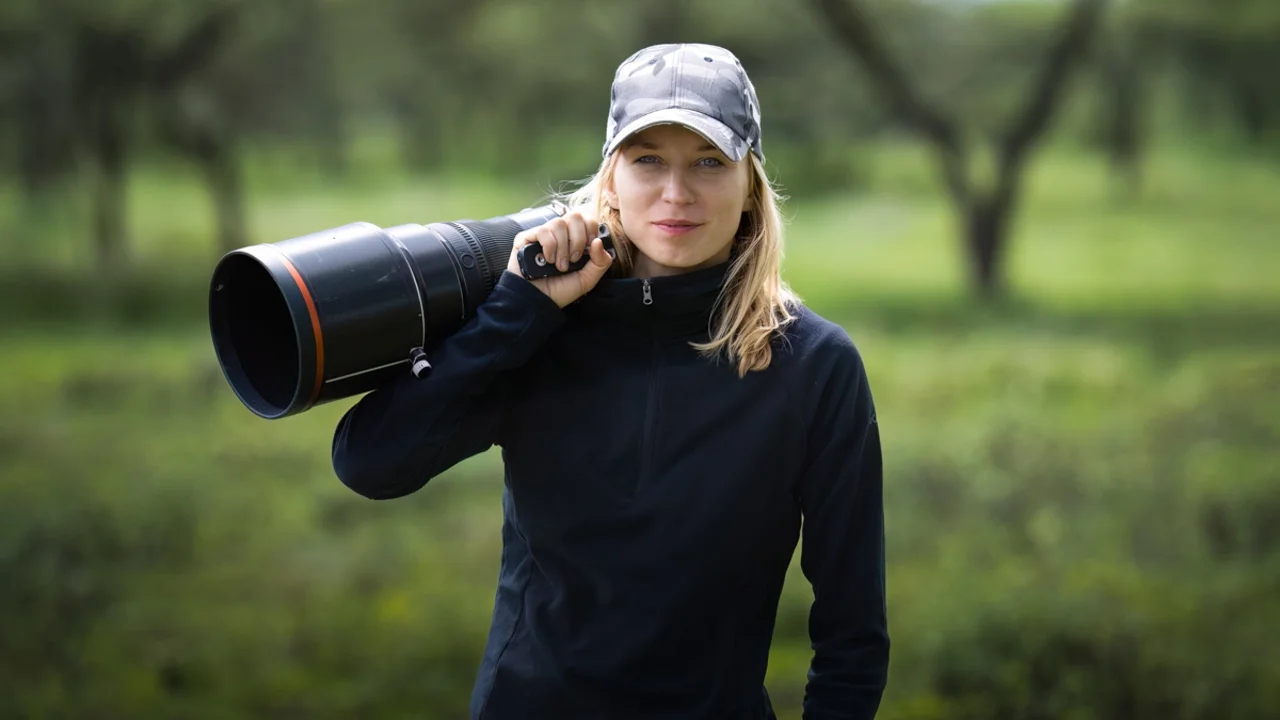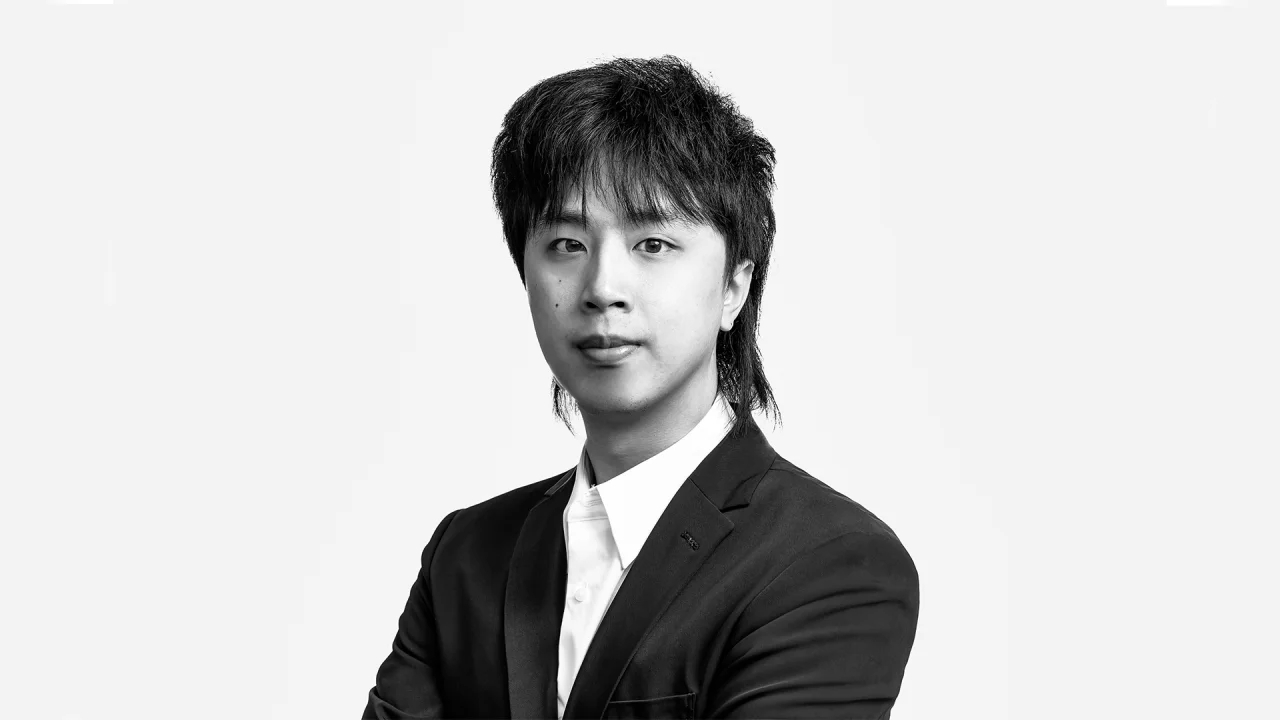BORDER BONDS | How Daria Yang Du Envisions Borders as Bridges
Daria Yang Du
Daria Yang Du is an architectural designer and experience designer with experience at BIG, RIOS, Gensler, and MAD. She creates narrative spaces that blend social responsibility with sensory experience, believing every space should hold a memory or message.
I’m Daria Yang Du, an architectural, interior, and experience designer with a Master’s in Advanced Architectural Design from Cornell University. I have professional experience at firms such as BIG, RIOS, Gensler, and MAD, working across hospitality, cultural, institutional, and resilient design sectors. My focus lies in creating narrative-driven environments that respond to both social responsibility and sensory experience.
I’ve always believed that design is a way of responding to emotional, cultural, and environmental conditions through space. For me, storytelling and architecture are inseparable—each space should carry a memory, a message, or a moment.
This particular project was developed in close collaboration with two talented peers: Ningyuan Deng, who led the architectural design and conceptual development, and an early landscape collaborator who contributed during the initial phase of the project.
It’s incredibly meaningful for me. This project dealt with themes of displacement and belonging, so the recognition reinforces our belief that architecture has the power to generate empathy and provoke conversation—especially when approached collaboratively.
The award has sparked interest in our process and values, particularly from institutions and practitioners working at the intersection of social impact and design. It’s been an encouragement to continue pushing for context-driven, interdisciplinary work.
Experimentation is essential. Many of our conceptual moves came from unexpected references—for instance, Daria’s early research involved inflating and popping balloons to explore spatial subtraction, which helped shape later formal moves. That spirit of curiosity defined our collaboration.
Sometimes it’s abstract—like movement patterns, or even a sudden visual on the street. Other times it’s a conceptual leap, like reframing “border” not as a line but as a zone of possibility. One spark can shift an entire scheme.
That design is rarely a solo endeavor. Behind every concept are hours of iteration, disagreement, and collective problem-solving. The process is messy—and that’s where the beauty often lies.
By aligning on goals early and framing our proposals as responses to real needs—not just aesthetics—we find that when the narrative is strong and grounded, clients are often excited to embrace bold directions.
The scope was ambitious: architectural design, landscape integration, spatial strategy, and detailing—all within one proposal. Coordinating these layers—especially with limited time and resources—was challenging. We overcame it through clear role division: Ningyuan led the architectural direction, while I handled the landscape and master plan narrative, site analysis, and detailed drawings.
Stepping away is something I find that has always been helpful.
Empathy and spatial perception.
Own your vision, but never work alone.
I’ve always admired Bjarke Ingels for his conceptual clarity and communicative strength. Even just hearing him critique a scheme would be a learning experience. His ability to frame complexity into accessible ideas is something I aspire to in my own design storytelling.
When asked, "Who are you designing for, really?" my answer is clear: I design for those often forgotten in the planning process—displaced communities, marginalized voices, and people navigating change—aiming to create space that honors their experience.
Winning Entry
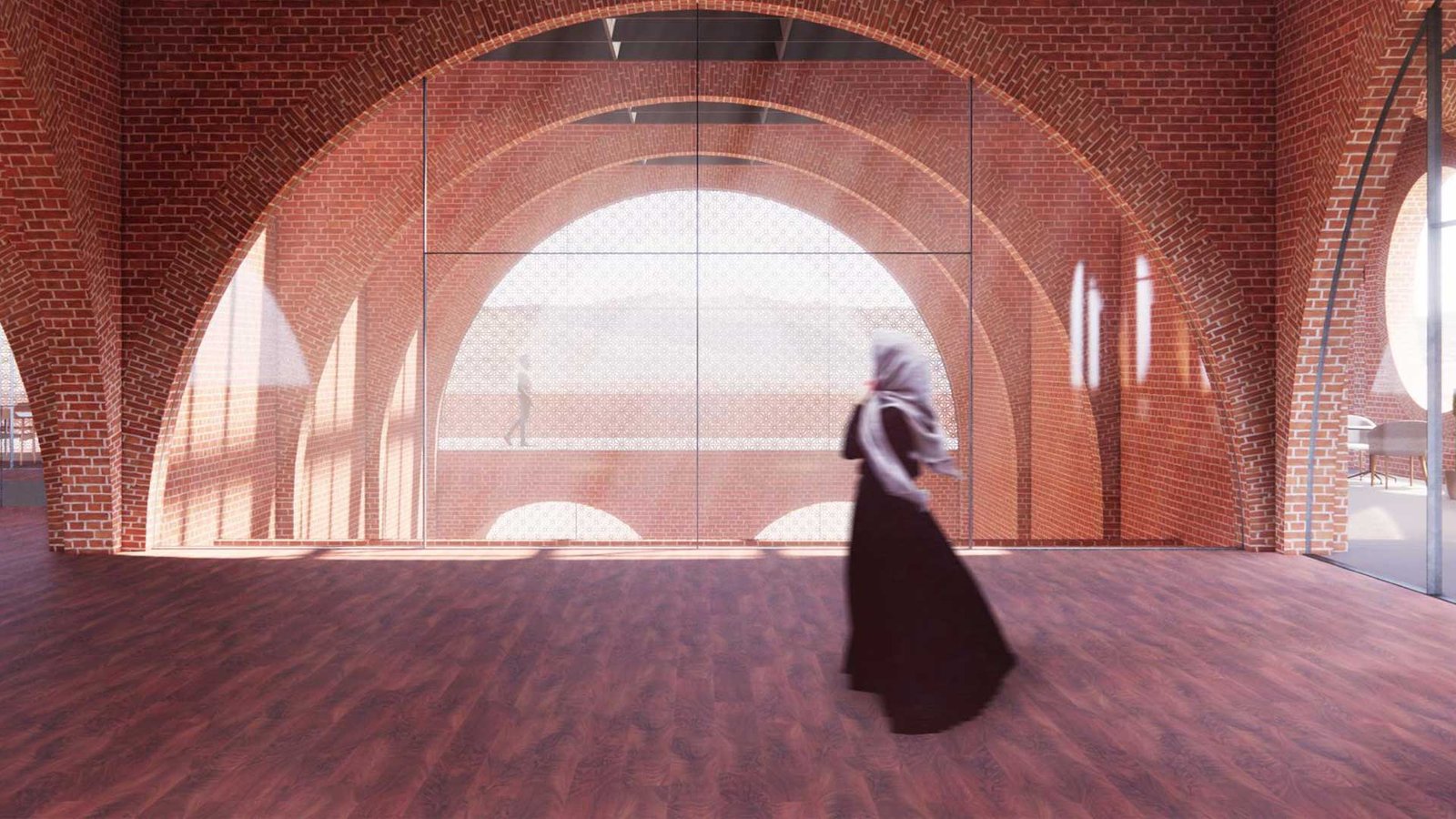
Explore the journey of Zhaoxiong Han, the Platinum Winner of the 2025 MUSE Design Awards. He’s an architectural designer in Los Angeles focused on sustainability and adaptive reuse, blending history, culture, and innovation to challenge conventions and explore new possibilities.
ADVERTISEMENT
